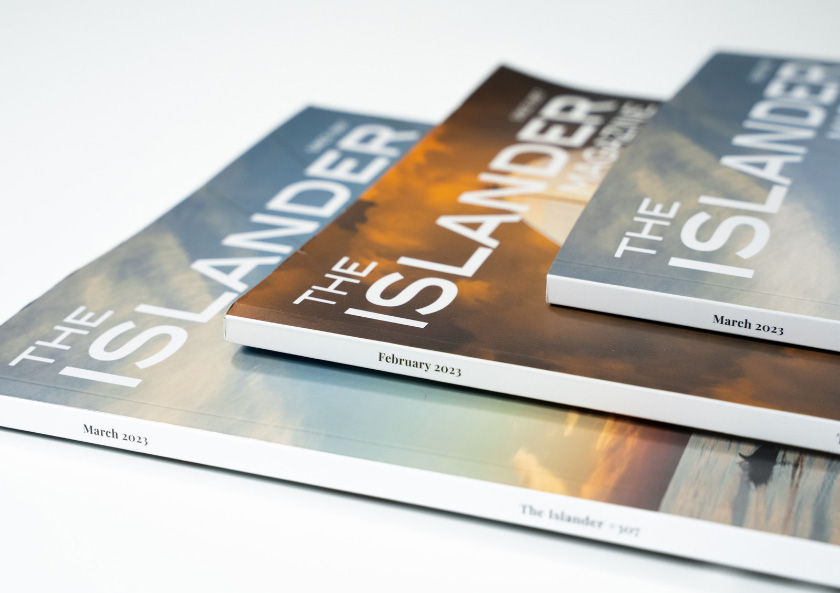Habits are present in every one of us, they are a necessary part of life, and we all have them. Some are good, some are not!
There have been many books written on this subject all of which are great guides and very insightful. Using that research, I have picked out some key themes and take aways that you might find helpful.
How Habits Form
The human brain is spectacular, at any given moment about 10 or 11 million single pieces of information hit our brain but only about 50 of them are understood and we can only remember about 7 of them short term. So, we have all this information that we have to filter. If we couldn’t filter – we wouldn’t survive, our brain would be overwhelmed.
Those filters that enable us to very quickly assess a situation and make a judgement can also lead us to making the wrong decisions and jumping too quickly to judgements.
Experiments in neuroscience show us that our brain filters information based on programming and that those programmes are formed as neural pathways and they have a purpose – which is to enable us to make decisions really quickly, to ‘think fast’ and get on with our days and our lives.
What does that mean to us in terms of habit?
Habits are things we do automatically without consciously thinking about them, like tapping your feet, chewing your nails, brushing your teeth. We form them for good reason, but we don’t always form good habits.
The good news is that those neural pathways that we have formed can be re-routed. AND we can re-route them even more effectively when we use some of the same cues and rewards but just change the behaviour that will deliver that reward at the end of that path.
It’s easier to change a habit than to form a brand new one.
Perhaps as you are reading this you are thinking of habits that you have changed in your life?
While you’re thinking about it, I’ll share an example from my own life. I used to play games on my iPad at bedtime in order to relax. After reading ‘The Miracle Morning’ by Hal Elrod, I decided to make a change and now I read a book for half an hour before I sleep. Sometimes it’s a novel, sometimes something non-fiction, but I always learn something from anything I read, and I sleep better too.
Essentially habits form like this
Cue – Craving – Response – Reward
Cue – this is something that triggers a behaviour, for example, when we get into the car our auto response might be to buckle our seatbelts, when we start our shift, we might reach first for the coffee pot. We associate that cue with that response – being in the car is the cue and buckling up is the habit.
Contextual cues might be triggered by the environment, a state or even the time of day, for example;
Environment – cinema, car, office, parents house, kitchen
State – hunger, stress, happiness, tiredness, excitement
Time – wake up, 6pm, Friday night, Sunday morning, bedtime
Those cues lead to a craving for something and then to a response, like reaching for our phone, opening a bottle of wine, snacking on crisps!
Reward – (which is what we are thinking about when we have a craving) like popcorn at the movies, seeing your friends faces on Instagram, a glass of wine at 6pm, a carb laden dinner on a Friday night.
So, a habit is an action that we do automatically in response to a contextual cue and we have them in order to help our busy brains to manage the huge amount of information they are fielding every minute of every day.
Habit Swapping
We don’t unlearn habit cycles easily so it’s preferable to try and adjust them rather than trying to form new ones whilst still having those old ones in the background vying for position. The part of the habit cycle that is most within our control is the response, so how can you swap out responses which are not helpful to you for something that isn’t harmful?
Here’s an example from my own life. A habit swap that has really stuck for me is this, the cue was the end of the working day, the craving was a ‘treat’ and the response was crisps and a G&T. Now, I have the same cue and craving but have changed the response and instead of crisps have air popped popcorn with a twist of sea salt, the reward – a ‘treat’ of a salty snack and a thirst-quenching drink, is the same, only the response has changed.
Top Tips!
Here are some top tips for making some healthy habits swaps.
- Changing your environment can change the contextual cues and is a great opportunity to change your habits! e.g. move to a place where there is no Starbucks, start making your own coffee! Changing jobs? Great opportunity to establish a new healthy morning routine.
- Reduce the friction to make the behaviour easier to repeat – e.g. a gym 3 miles away versus a gym 10 miles away. A jar of popcorn kernels in the cupboard versus a packet of crisps in the shop 5 miles away!
- The smallest habits can have the biggest effect. Imagine a flight taking off from LA to NY – going up, up, up and then to cruising altitude. But the pilot decides to shift things just a foot and a half, what do you think happens when you get to your end point? He only moved it two feet, but you have gone a long way off your trajectory. This theory of small steps can work for you or against you – tiny change, tiny habit. Like putting away a small amount of money each week – after one year you may not have much but keep it going and you would have a nice nest egg. Persistence & consistency are important, the tiniest of changes can have a dramatic impact – be patient and keep doing it.
- Have hard to miss cues and a plan of action. Your phone goes off, what do you do? Pick up your phone immediately! FOMO! So, what hard to miss cues are you setting up in your life? Change your surroundings or environment to encourage a healthier habit – want to learn guitar? Put it in the middle of the room. Want to eat better? Fill your kitchen with yummy healthy foods. When and where will you carry out the habit? Meditation space? Yoga mat in a dedicated place? Gym clothes and bag ready by the door? Get great goals!
- Humans are motivated by the anticipation of reward so use that to create great habits. Dopamine drives us to take action. Even thinking about the action releases dopamine.
- Temptation Bundling – take a behaviour that you know is important and link it to something that gives you a dopamine hit. How can you use this? What if you only allowed yourself to listen to your audio book when you are on the exercise bike? Only allowed chips with salad and fish?
- The 2-minute rule. A great way to make any activity manageable is to commit to 2 minutes of doing something. That might mean you read two pages of an inspiring or educational book, do 2 minutes on the exercise bike, or on the yoga mat. Perhaps you tell yourself you will walk for 2 minutes or do 2 minutes of sit ups or meditation. Rarely do we only do the 2 minutes… it almost always becomes a much longer session.
So how do you train yourself to change your response to your cravings? When you repeat something often enough it becomes habit because it moves to you have woven new neural networks and pathways into your brain – and remember that replacing bad for good is easier than making it a new habit!
So, repeat, repeat and repeat again and before you know it you will have a whole raft of new healthier habits to help you to achieve your goals and live your best life.
Sara Ballinger – Crew Glue
Read more articles on Crew Matters













0 Comments